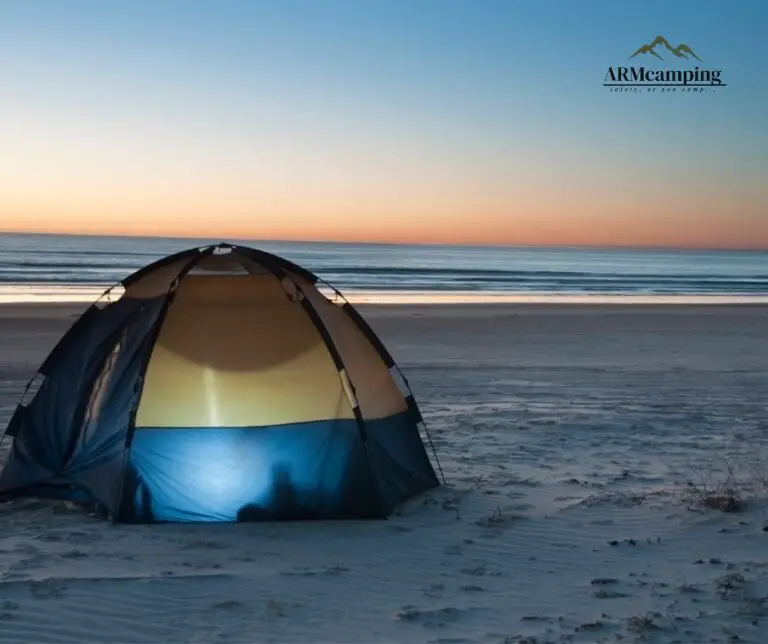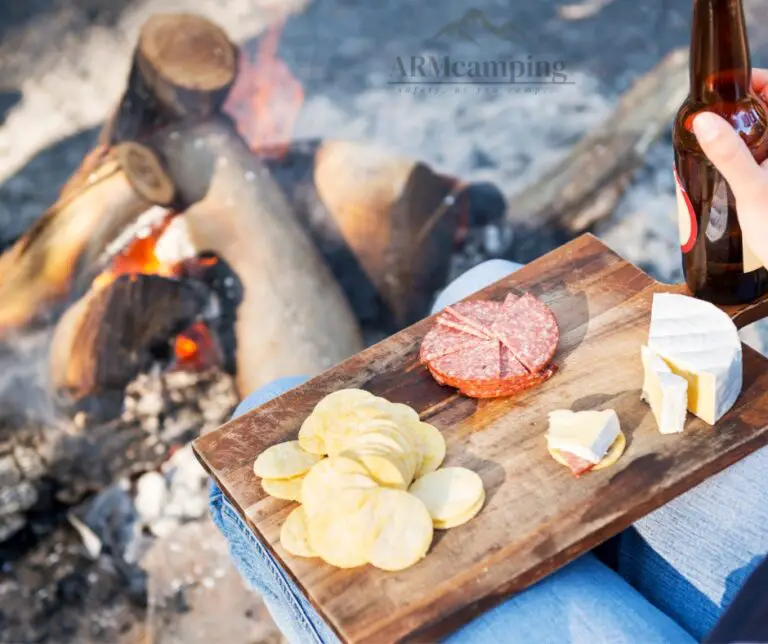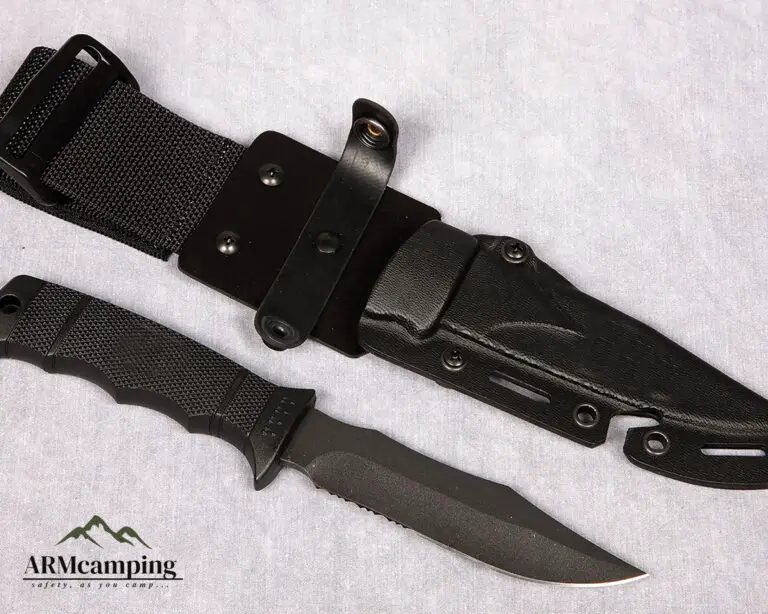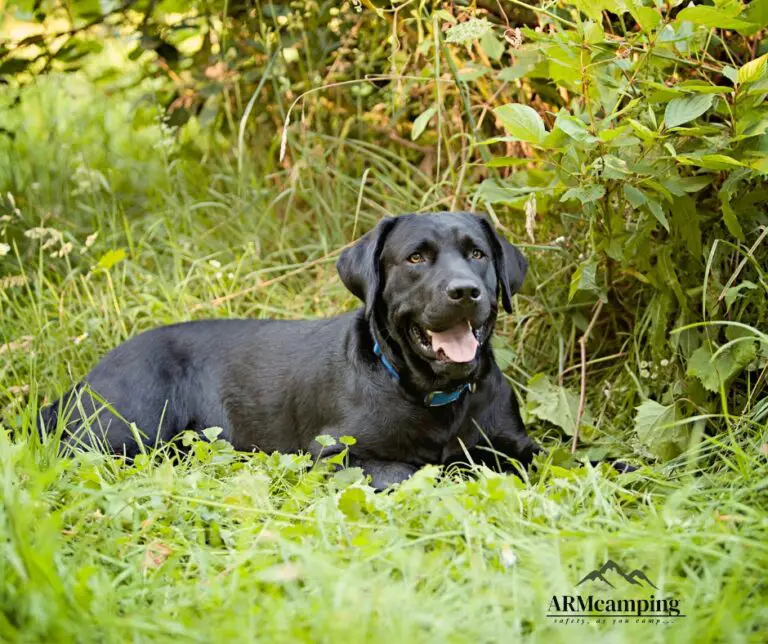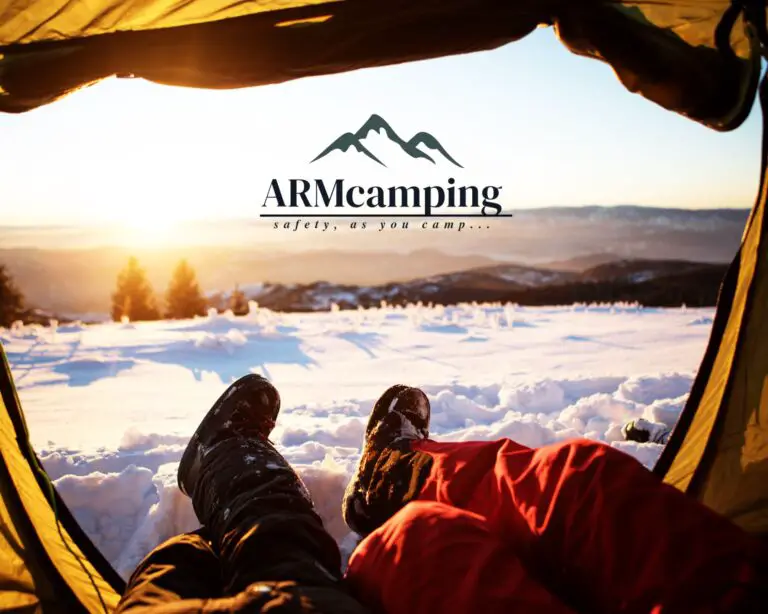
When you think of Arizona, do you think of blue skies, bright sunshine, and camping? Or maybe you think of cacti and rattlesnakes. Both thoughts are accurate and no matter what your camp style is, there are tent camping opportunities for you in Arizona. In this post, I am going to tell you all you need to know about tent camping in Arizona.
There are many ways to camp in the state of Arizona. You can do so by boating into a lakeside campsite, in a self-contained (motorized) RV at a campground, or if you prefer to go hardcore, tent camping. When you’re planning for your next great outdoor adventure, follow these tips and ideas to help ensure this will be an unforgettable time.
About Camping in Arizona
Table of Contents
Arizona is a great place to camp. There is no shortage of places to go, with options ranging from state parks to national monuments and forests. If you’re looking for a fun way to spend time with your family or friends, consider camping in Arizona. The state has over 31 state parks and recreation areas that offer a wide range of services and amenities. These include hiking trails, picnic areas, fishing spots, and boat ramps.
Many of these locations have campgrounds and cabins for rent. Some even offer RV hookups so you can bring your motorhome or RV along with you. There are many reasons to go camping in Arizona. The weather is great all year round; the scenery is beautiful and there are plenty of campgrounds to choose from. If you’re looking for a fun weekend away with friends and family, or if you just want some time alone, then tent camping in Arizona is something you should consider.
How to Prepare for Camping in Arizona
If you’re planning a camping trip in Arizona, here are some tips on how to prepare:
1. Pack a first-aid kit
Make sure it includes medicines that may be needed while traveling such as antihistamines, decongestants, and pain relievers. Also, pack insect repellent and sunscreen.
2. Dress comfy
Wear comfortable clothes that cover your skin to avoid sunburns and bug bites. Wear hats or caps to protect your head from direct sunlight exposure, which can cause heat exhaustion or stroke. Wear sunscreen on exposed areas of skin, even if it is cloudy or overcast outside because UV rays still penetrate clouds and fog.
3. Be prepared for the heat
Temperatures can be extreme in Arizona, especially during the summer months. If you’re going to be out in the sun all day, it’s important to wear sunscreen and drink plenty of water. Dehydration is a serious condition that can lead to heat stroke or other serious health problems so be sure to bring plenty of water with you when hiking or biking through the desert landscape.
4. Check the Weather Forecast
If you want to enjoy a comfortable and safe trip, then check the weather forecast before heading out. This will help you plan your itinerary and pack accordingly. If there are any severe weather alerts or warnings issued, then postpone your trip until they have passed.
5. Research the area
Before you go camping, do some research on the surrounding area. There are many different types of camping in Arizona, depending on what you want to do and how much time you have. If you are staying overnight, check out the weather reports for your destination before leaving home so that you can pack appropriately for any changes in temperature or precipitation.
6. Pack light
You will be carrying everything on your back when hiking into your spot, so make sure that everything is as lightweight as possible without sacrificing comfort or safety.
Popular Camping Sites in Arizona
Camping is a popular activity in Arizona. With its desert landscape, the state offers a wide range of opportunities for campers who enjoy hiking and exploring remote areas. Here are some of the most popular camping sites in Arizona:
1. Camelback Mountain
This mountain is located in Phoenix, and it’s one of the largest urban parks in America. The park has several hiking trails that lead to scenic viewpoints over the city. It also has a swimming pool and several restaurants where you can get food after your hike.
2. Sedona Red Rock State Park
This state park is located near Sedona, Arizona, and it features several hiking trails that take you through colorful rock formations created by erosion over millions of years. You can also go horseback riding or mountain biking on these trails if you’d like to see more of the area while hiking on foot isn’t an option for you.
3. Lake Powell National Recreation Area
Located just outside Page, Arizona, this recreation area offers boating, fishing, and camping opportunities at Lake Powell or Lake Mead (which is just across the border in Nevada). It’s one of the most popular recreational areas in Arizona because it provides so many different activities for visitors who want to relax while enjoying nature at its best.
4. The Grand Canyon National Park
The Grand Canyon is one of the most famous national parks in the United States and is visited by millions of tourists each year. The park offers more than 278 miles (447 kilometers) of hiking trails as well as over 50 drive-in campsites. You can choose from first-come first-served sites or reserve a campsite up to six months in advance through the National Park Service website. The park offers day-use fees for hiking trails, scenic drives, and other activities such as horseback riding or mule rides into the canyon floor.
Gears to Take Along
Gear is an important part of any camping trip. You need to have the right gear to make your adventure fun and enjoyable. What should you take along? Here are some things to consider:
Tent: The first thing you need to take along is a tent. If you are going on a short trip, then you can go in a two-person tent. However, if you are going for a longer duration or more people, then it is better to opt for four-person tents. They give more space and comfort.
Sleeping bag: Sleeping bags are essential as they keep you warm at night when it is cold outside. A good sleeping bag will keep you warm even in freezing temperatures. You can buy different types of sleeping bags depending on the season and temperature outside during your camping trip.
Flashlight: A flashlight is an important piece of gear that every camper should carry with him/her at all times, especially during nighttime when it gets dark very quickly in Arizona due to the lack of light pollution caused by large population centers nearby.
Camping stove: A camping stove is an important accessory if you want to cook food while on a trip as it helps in saving money spent on eating out at restaurants every day when traveling through remote areas where there are no restaurants.
Food and water: Take enough food along with you as well as some water bottles so that you can stay hydrated and eat regularly during the hike.
When Is It Best to Go Camping in Arizona?
Fall is the perfect time to go camping in Arizona. With mild temperatures, scenic views, and colorful leaves, this season is ideal for hiking, biking, and enjoying the outdoors. Though the weather may be cooler in October and November, you can still find warm days during the day and cool nights at night. Even if it’s chilly outside when you wake up, the temperature should rise throughout the day. So grab your sleeping bag and head toward one of these campsites.
Possible Wildlife You Might See
You can find a wide variety of wildlife in Arizona. Some are easy to spot, while others are more elusive. Here are some animals you might see while camping in Arizona:
1. Birds
Birds are one of the most common wildlife you’ll see while camping in Arizona. The state is home to over 400 species, including hummingbirds, bald eagles, vultures, and cactus wrens.
2. Mammals
Mammals include deer, coyotes, and mountain lions. Mountain lions are also known as cougars or pumas. They’re not as common as other mammals in the state but are seen occasionally by campers and hikers.
3. Reptiles
Reptiles include snakes, lizards, and turtles. You may see snakes during your camping trip if you’re hiking or exploring the desert areas of Arizona. Snakes tend to be more active during warmer months when temperatures rise above 90 degrees Fahrenheit (32 degrees Celsius).
Final Note
We hope that you are now equipped with everything that you need to know about tent camping in Arizona. Whether you’re just getting started or you’ve been at it for years, there are always new things to learn and explore. Make sure you’re prepared and follow these tips. After all, the great outdoors is waiting.

